LED Bulbs: How to Choose the Right Ones
These bulbs last 50 times longer than traditional incandescent bulbs and 5 times longer than energy-saving bulbs. Unlike energy-saving bulbs, they do not contain heavy metals that are particularly toxic, such as mercury, and do not emit harmful radiation, while most of the materials they are made of are recyclable. In addition to all this, there is energy savings in power consumption, as the energy saving that can be achieved with LED bulbs reaches up to 90%.
LED bulbs can replace any bulb, regardless of the base or socket. You just need to unscrew your old bulb from the socket and replace it with an LED bulb.
However, in order to choose the right LED bulb that will perfectly meet your needs, you just need to follow the steps below:
- Check the socket type where the bulb will be installed.
- Select the desired light color.
- Select the wattage of the bulb.
- Check the voltage of the socket.
- Select additional features and functions.
Step 1 - Check the socket type
The most basic step in choosing an LED bulb is to check the socket or base where it will be installed. There are many types of sockets and bases, but usually in a residential or work space, we encounter the most common ones, such as E27 or E14, where we place the familiar screw-in bulbs, the GU10, G9, G4, GU5.3, or the bases G13 and G5 for fluorescent LED bulbs.
The easiest way to achieve this is to unscrew the old bulb and look for the labeled type on its surface. If the bulb does not indicate its type, you can still find it by measuring the diameter of its base, then checking the image below to see if your measurement matches any of the basic socket types.
At this point, a note should be added regarding fluorescent LED bulbs.
In addition to the base, you should also know their length. This is a very simple process, as even if this element is not stated on the old lamp, you can measure the length of it or the length of the base where the new one will be placed.

Step 2 - Choosing the desired light color
Depending on the space and purpose of use, lighting can be distinguished into various types. Such types include decorative lighting, task lighting, and relaxation lighting.
Therefore, it is important to choose the desired lighting color according to your needs and preferences.
The color of white light (CCT) - The shades of white light, range from warm white to cool white. This is usually expressed in Kelvin degrees, as shown in the image below. Warm white: values less than 3000K, Natural white: values from 3000K to 5000K, Cool white: values greater than 5000K. Additionally, there are adjustable LED lamps that do not have a predetermined color but operate within a wide range of white color, which you can adjust according to the occasion or your mood.
By observing the images below, you can see how this color difference is reflected in the space.

In addition, you will find available lamps of various colors such as yellow, red, blue, and many more, which cover the needs of decorative lighting.
Furthermore, you will encounter the new trend in lamps, called RGB or RGBW, which provide the flexibility to adjust the lighting exactly as you desire. These lamps give you the ability, through the included remote control or smartphone application, to adjust their color shade by choosing from a wide range of colors. The difference between these two types is that RGBW lamps can also provide shades of white light in addition to their color palette.

Step 3 - Choosing the Power of the Bulb.
Choosing the power of the bulb is a crucial step, as it determines how bright the light emitted by the bulb will be.
The first thing you need to know is that the power of the bulbs is measured in W (Watt) and their brightness is measured in Lm (Lumen). These are two characteristics that are closely related and help you make the right choice for an LED bulb, in order to achieve the best possible result in terms of brightness with the lowest energy consumption cost.
Start by checking if your fixture already has a bulb of an older type, such as incandescent or halogen, which provides satisfactory lighting intensity. Then remove it and examine the wattage indicated to find the corresponding LED bulb that will meet your needs. At this point, you will need to make some simple calculations to determine the LED bulb. Depending on the type of bulb, there is a correlation between the Lumen that it can typically produce per watt. This correlation is presented in the table below and will assist you in your calculations.
So if, for example, the bulb you unscrewed from the fixture is incandescent and it says 60W, the brightness it produces is 60 x 12 = 720 Lumen. To achieve the same result with an LED bulb, you do our calculation, 720 : 90 = 8 W.
Here lies the secret to the success of LED bulbs, in the energy-saving aspect, since the brightness levels of an 8W LED bulb are equivalent to a 60W incandescent or a 36W halogen.
In case there is no bulb in your fixture, then consult the table below, which shows how many Lumens are needed per square meter, depending on the type of room.
With the following example you will see how to use the data from the table to select the optimal LED lamp that will fully satisfy your needs.
Let's assume that you want to install LED lamps in your kitchen, which has a three-light fixture and you want it to be very bright. Consulting the above table, we see that to achieve this, you need three lamps that have a total brightness of 400 Lumen per square meter. You know that your kitchen is 10 square meters, so you need a total of 400 x 10 = 4000 Lumen to adequately cover the space.
Considering that LED lamps have an average brightness of 90 Lumen per Watt and calculating that you will need a power of 4000 : 90 = 45W, since you have a three-light fixture with three 15W LED lamps, you will fully cover your space.
Step 4 - Check the operating voltage of the socket.
An important factor to consider when choosing a bulb is the operating voltage. The majority of fixtures use bulbs that operate at a voltage of 220V, but this should not be taken for granted, as some of them have a transformer and accept bulbs of 12V, 24V, or more rarely, 42V. To confirm this, examine what is written on the old bulb that you have removed.
Step 5 - Select additional features and functions
In addition to their basic characteristics, LED lamps may have additional functions and features that make our daily life easier. Below you can see the main ones in detail.
Dimmable
This term refers to all lamps that allow you to adjust the intensity of their lighting. This can be achieved in two ways. The first is through a suitable wall dimmer, while the second is for the lamp to have its own remote control that provides this capability.

Smart
Here you will find all the LED bulbs that have the ability to connect via Wi-Fi or Bluetooth, so that their operation can be fully controlled through a smartphone application. In addition to these, you will also find smart bulbs that are even more technologically advanced and can be connected to Smart Home systems, such as Google Home, Apple Homekit, Amazon Alexa.

Filament
LED Filament or Edison or Retro bulbs are LED technology bulbs designed in such a way that their appearance resembles old-fashioned incandescent bulbs. Apart from the unique aesthetic they offer to the space, they have the advantage of being able to emit their light in a wide beam angle reaching up to 360 degrees.
Remote Control
There is a variety of LED bulbs that include a remote control in their packaging, giving you the ability to control their functions. You can turn on or off your lamp and additionally, when it is dimmable or RGB, you can adjust its intensity or change its color.

Photocell
If you need an LED lamp that turns on by itself during the night, the solution is to choose one that has a photocell. They are ideal for spaces that require constant lighting during the night or outdoor applications.

Motion Sensor
These lamps automatically turn on as soon as they detect any movement in the area. They are used in car parks, underground passages, garages, warehouses, public spaces, and building facades.

Waterproof
All lamps with certification of IP65 and above are characterized as waterproof, as they can withstand and operate flawlessly even in outdoor conditions. With the purchase of such a lamp, you no longer need to worry about rain or dust.



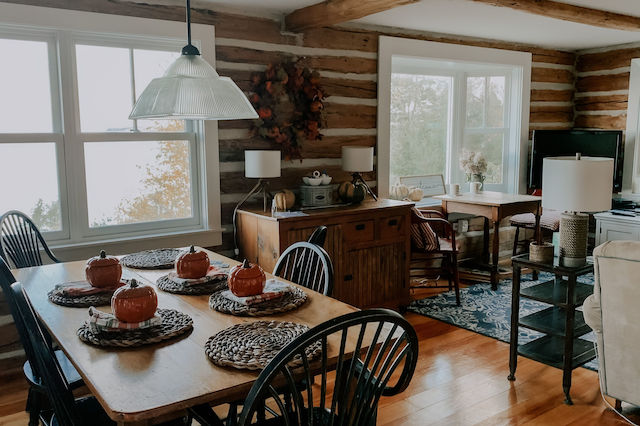



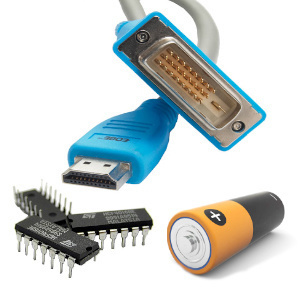

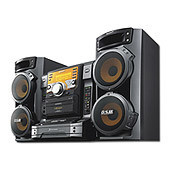
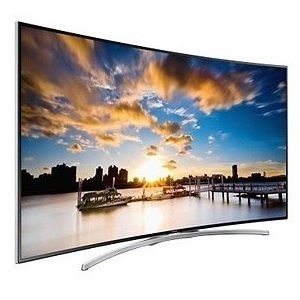

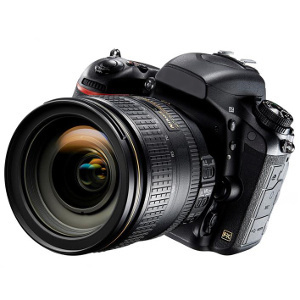
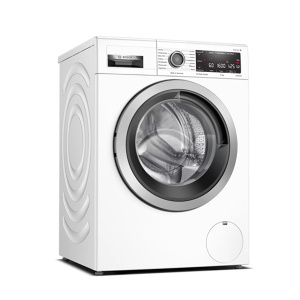
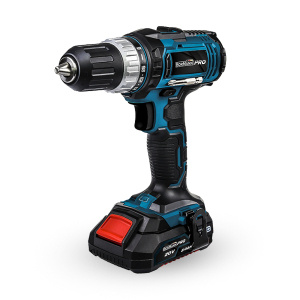
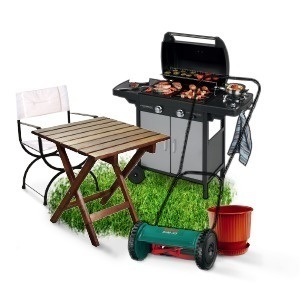


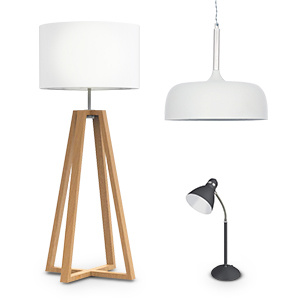
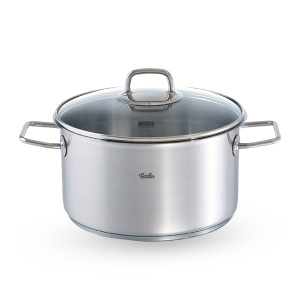



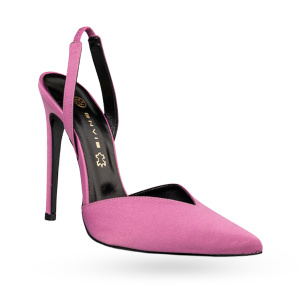
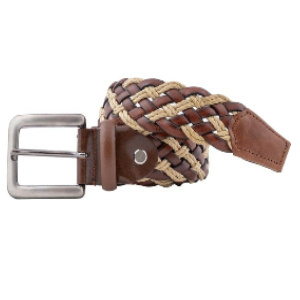

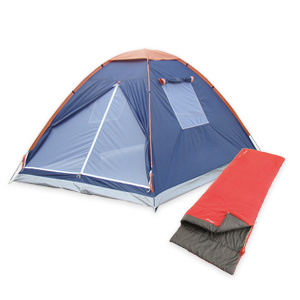



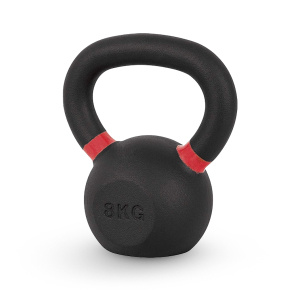


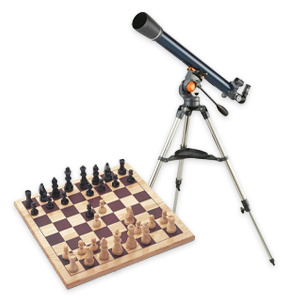


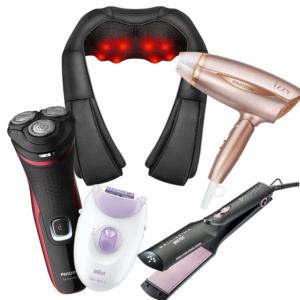


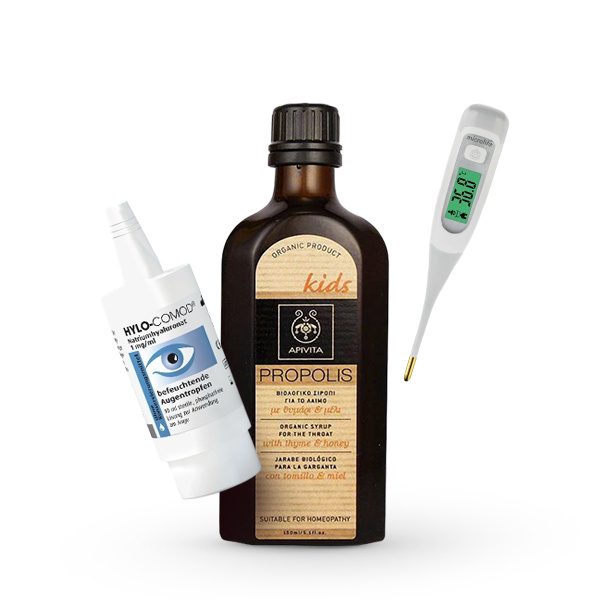
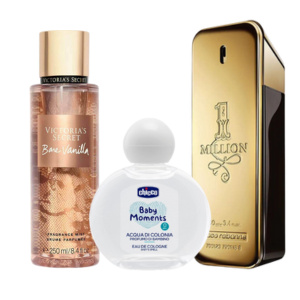











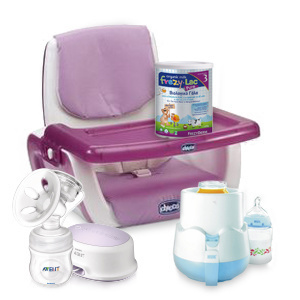
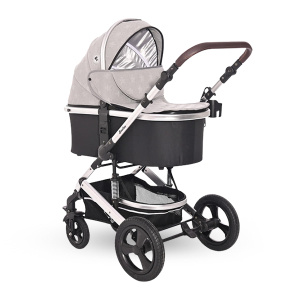







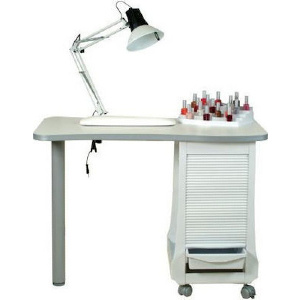
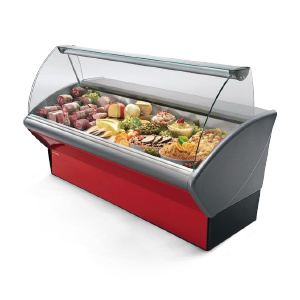

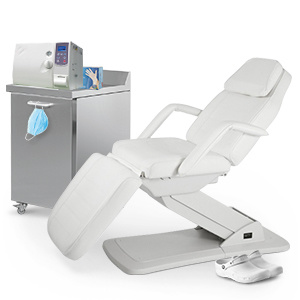
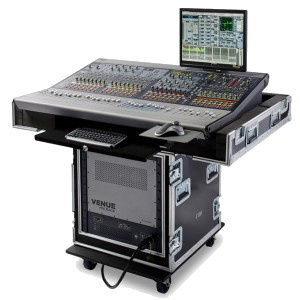
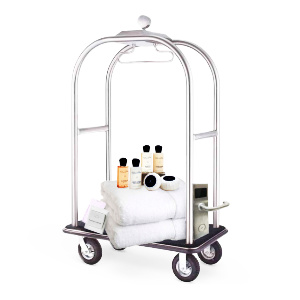








Be the first to leave a comment!